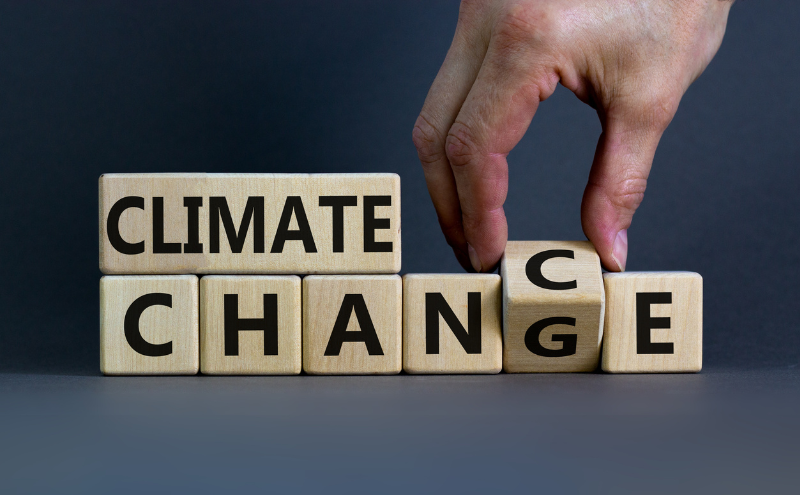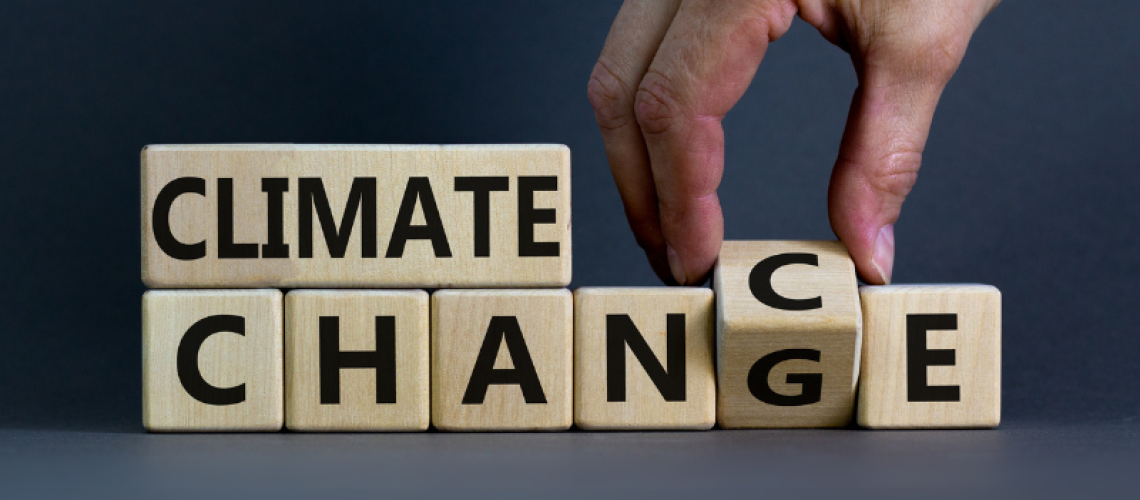
In recent years, there has been a significant shift in capital markets as they recognize the need to manage the risks associated with climate change. Efforts to enhance transparency regarding financial exposure to these risks have brought about a transformative change. Consequently, companies that neglect to address climate change seriously can anticipate higher funding costs or, in the worst-case scenario, struggle to secure external funding for their projects.
The global impact of climate change is undeniable, with extreme weather events wreaking havoc across the world. Unfortunately, the burden of these devastations falls disproportionately on the poor in the most vulnerable countries. Climate finance, therefore, must go beyond merely providing payments or reparations for mitigation and adaptation. It should also focus on financing the necessary transitions these countries need to develop in a sustainable manner, reducing emissions and safeguarding our collective future.
Pursuing Climate Justice and Sustainable Development
Recognizing the significance of climate justice, as enshrined in the 1992 UN Framework Convention on Climate Change (UNFCCC), is crucial. The agreement emphasized that historical polluters, responsible for the stock of emissions in the atmosphere, should reduce their emissions. Meanwhile, the rest of the world, with the right to development, would receive the financial resources and technology necessary for sustainable growth.
Regrettably, over the past three decades, numerous conferences have diluted and eroded these principles. However, the issue of equity, like the changing climate, remains an undeniable reality. Currently, 70% of the world’s population still lacks access to essential energy and other development necessities.
Furthermore, we have nearly exhausted the carbon budget required to limit global warming to 1.5 degrees Celsius above pre-industrial levels. The $100 billion annual pledge made in 2009, which remains largely illusory, is insufficient and belated in securing a different development future for our planet.
Urgent action is needed to find the necessary funds. Additionally, we must address the structural issues that perpetuate vast global inequities, preventing countries in the Global South from affording the costs of adaptation and mitigation. A report titled “Beyond Climate Finance,” compiled by my colleagues, thoughtfully deconstructs this issue and offers potential solutions.
It is evident that the current quantum of climate finance is inadequate. Moreover, there is no agreed-upon definition for what constitutes climate finance, allowing for creative accounting practices. Notably, the majority of the funds provided are not in the form of concessional assistance; only about 5% consists of grants, while the rest comprises loans or equity.
The Vicious Cycle of Debt and Climate Change
Consequently, it is unsurprising that these climate finance resources do not reach the countries most in need. The funds flow to regions where opportunities for financial gains are perceived as higher, where financial market stability risks are lower, and where the cost of finance is reduced. For instance, interest rates to establish a solar plant would range from 2-5% in Europe, 12-14% in Brazil, and potentially as high as 20% in certain African countries.
As a result, solar projects in Brazil and African countries become unfeasible. Worse still, when funds are allocated as loans to African nations, as they often are, the high-interest rates further exacerbate their debt repayment challenges. Defaulting on loans has severe consequences for countries, as it negatively impacts their credit ratings. Unfortunately, climate change intensifies this issue as the most vulnerable countries are burdened with high levels of debt.
Each climate change disaster pushes these countries further into indebtedness as they borrow to survive and rebuild. Consequently, their poor credit ratings increase the cost of borrowing and capital, creating a vicious cycle. The inherent bias of the global rating system, which tends to amplify these challenges, only adds to the struggle.
Today, the most vulnerable countries, which require funding for climate mitigation, bear an overwhelming debt burden. The annual interest payments alone can amount to as much as 16% of their government revenue in 2023.
We can no longer content ourselves with making small changes or short-changing the most vulnerable populations. There are proposals on the table to unlock new sources of concessional finance, such as the notable Bridgetown Agenda championed by Prime Minister Mia Mottley of Barbados.
The need for real financial resources to address this existential crisis called climate change is urgent. Climate finance must no longer contribute to increasing the indebtedness of countries and rendering them even more vulnerable to future disasters.
It is time to confront the reality and prioritize the provision of substantial funding to tackle climate change head-on.


